Cinema is crafted with various tools. Movie makers use shapes, sizes, framing, motion and color to tell stories, express feelings and subliminally illustrate thoughts. But sometimes one or more of these can be done away with for a number of reasons. Color has been used in a number of ways to show distinction between the characters, the mood of the scene and sometimes just for the sheer shock-value. It has even been used in the early 60s because black and white film was cheaper. But over time, some have found that stepping back from color to black and white can actually be a step-up. Here is the list of top black and white movies shot in the era of color.
20. Coffee and Cigarettes (2003)
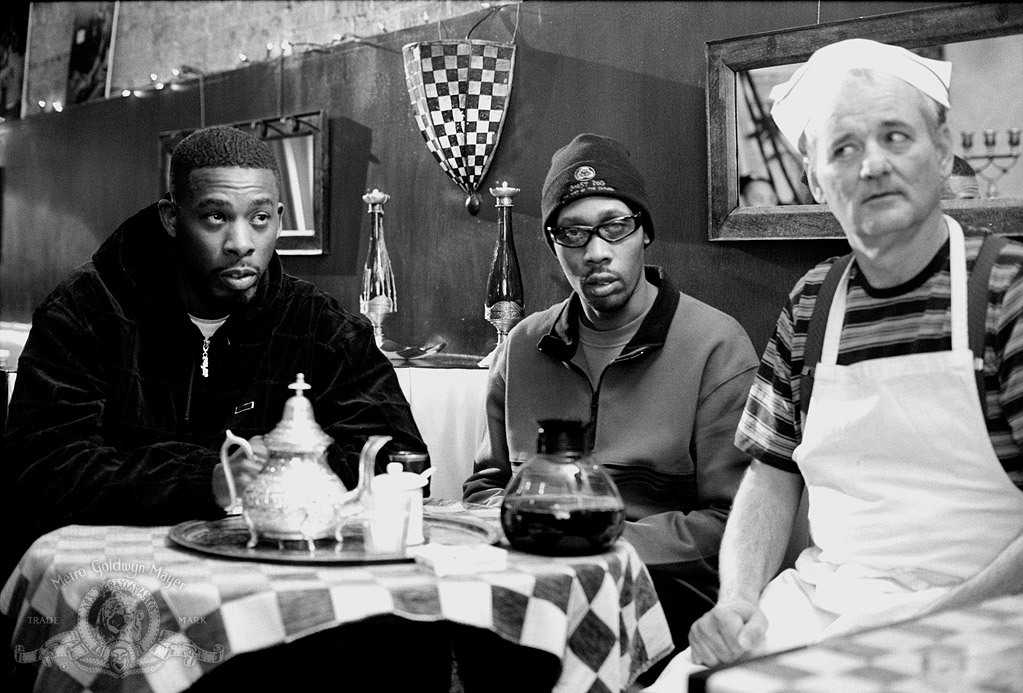
‘Coffee and Cigarettes’ is a series of short conversations between semi-fictionalized versions of actors including Bill Murray, Roberto Benigni, Steve Buscemi and Cate Blanchett. The film was essentially made over a 17-year period. Most of the conversation was improvised by the actors which illustrates their skill and mastery. This movie serves as a peep into the realistic, almost-mundane life of the characters in Jim Jarmusch’s movies like his recently released ‘Paterson’. The film has inspired many works including a 7-part-series by TVF with a very similar feel, concept and even title.
Read More: Best Finance Movies of All Time
19. Paper Moon (1973)
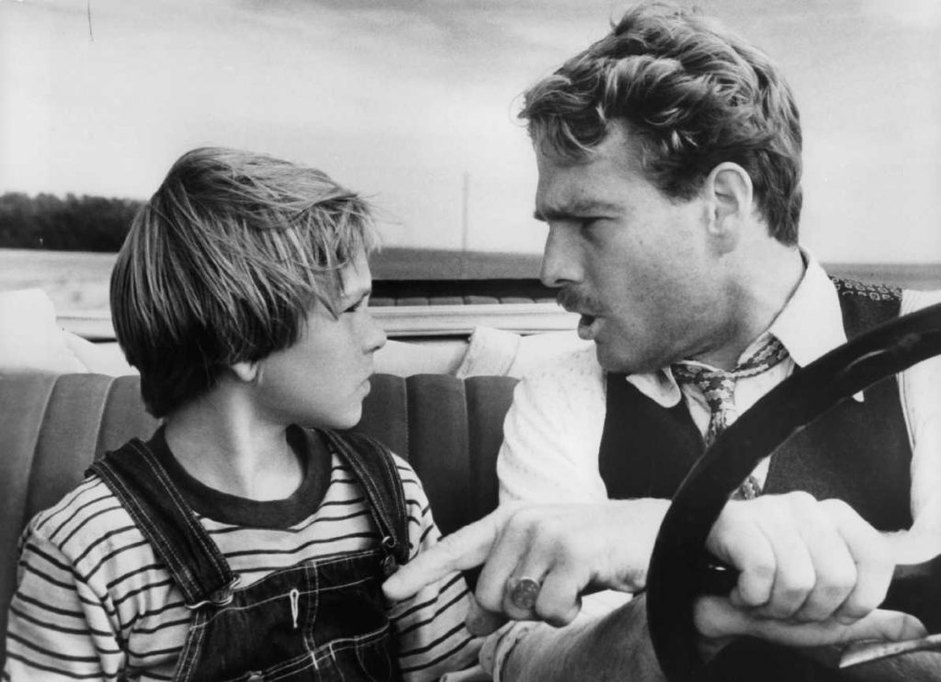
‘Paper Moon’ was inspired by the highly acclaimed novel Addie Pray. It depicts the unlikely bond between a con man and a girl who may be his daughter, played by Tatum O’Neal, who won an Oscar for the role. While the movie is regarded as one of the greatest, the decision to shoot in black and white was actually made when the great Orson Welles suggested the idea to the director Peter Bogdanovich. It added higher contrast to the images and more texture to the characters.
Read More: Best Alien Abduction Movies of All Time
18. 8 1/2 (1963)
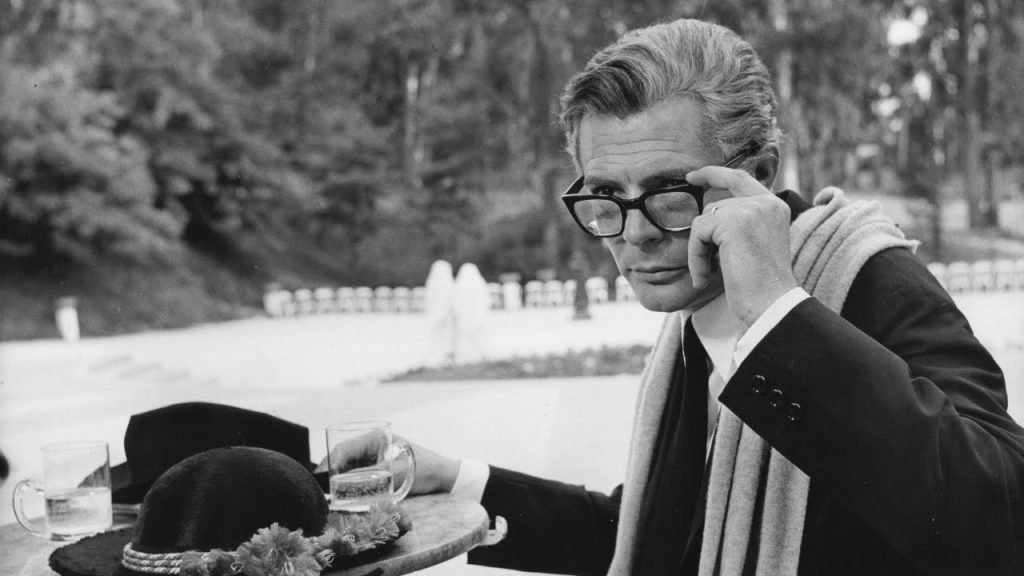
No other film in the history of cinema delves deeper into the eccentric mind of a filmmaker. Federico Fellini’s masterpiece brilliantly explores the desires, fears and obsessions of a film director. It focuses on a prominent Italian filmmaker who tries to make a sci-fi flick but he’s struggling with his creative side. He soon slips into a world of dreams and fantasy, where he tries to face the demons of his past and his present life, which affects the creation of his current film. Several critics, filmmakers and movie buffs across the world regard ‘8 1/2’ as one of the greatest films ever made. This was also Federico Fellini’s final black and white movie.
17. Breathless (1960)
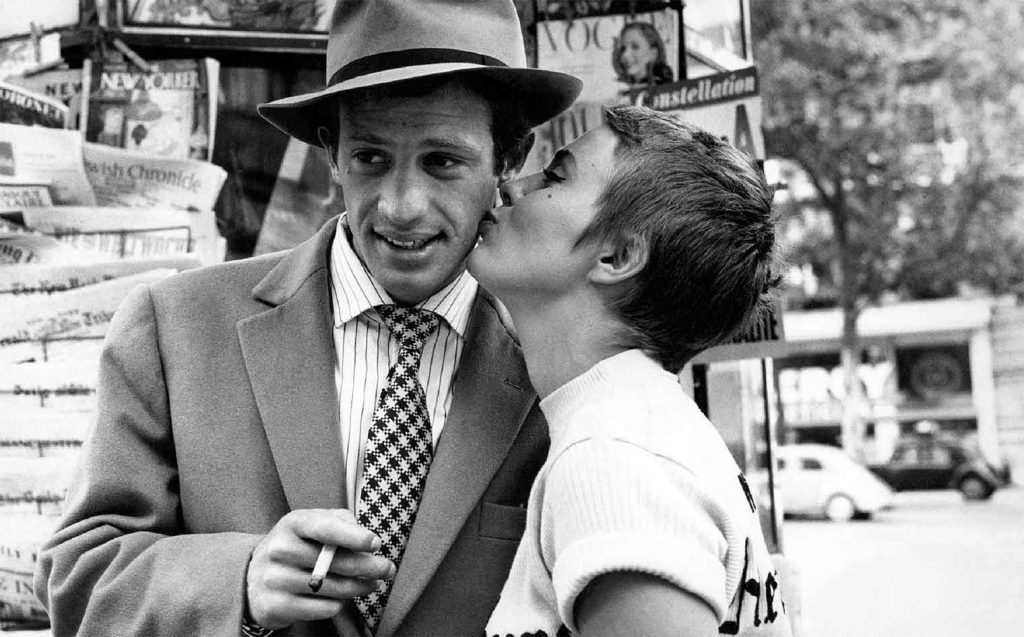
I can never stop talking about ‘Breathless’. Its style, attitude, approach and reckless energy make for an invigorating cinematic experience. Shot in black and white, the film tells the story of a thief who steals a car, kills a cop and plans to leave the country with his gorgeous girlfriend. The film is known for Jean Seberg’s memorable performance and Jean-Paul Belmondo charisma, both of which elevate the film to a whole new level.
16. L’Avventura (1960)
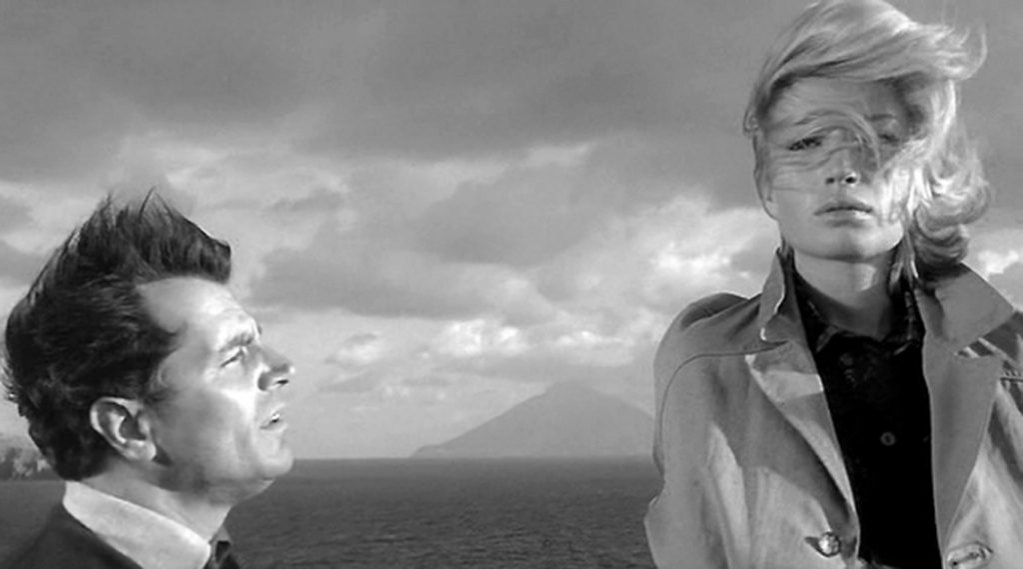
Michelangelo Antonioni was a master at exploring loneliness and ennui. His finest work, ‘L’Avventura’, initially received strong negative reviews at Cannes during its opening in 1960. However, over the years, the film has gone on to be regarded as one of the finest of all time. Antonioni’s style is not something that can easily be liked. He takes his time, and he subverts the viewer’s expectations with a simplistic storyline. But once you get an idea of his vision, his films can get addictive. ‘L’Avventura’s bleak, black and white narrative focuses on the mysterious disappearance of a young woman and the subsequent search by her lover and best friend. Antonioni uses the mystery element in the film to craft a fine piece of drama that explores loneliness and existential dread.
15. Eraserhead (1977)
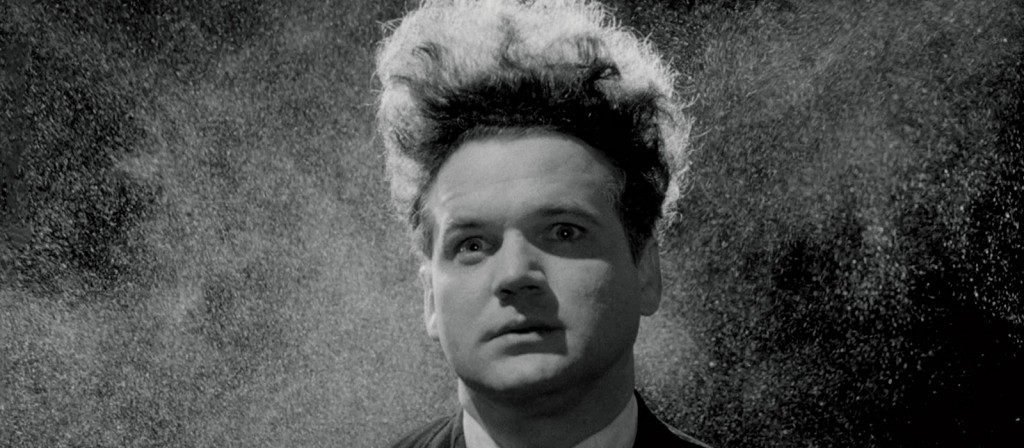
David Lynch‘s stunning debut is a shocking film that brilliantly displays the master director’s abilities as a horror filmmaker. The black and white cinematography gives the film a vintage, otherworldly look that blends perfectly with the thematic aspects of the film. ‘Eraserhead’ tells the story of a man who has to take care of his deformed child. It would seem criminal to discuss more about the story-line here because c’mon, we’re talking about David Lynch here! Watch it and find out the true meaning of horror.
14. Persona (1966)
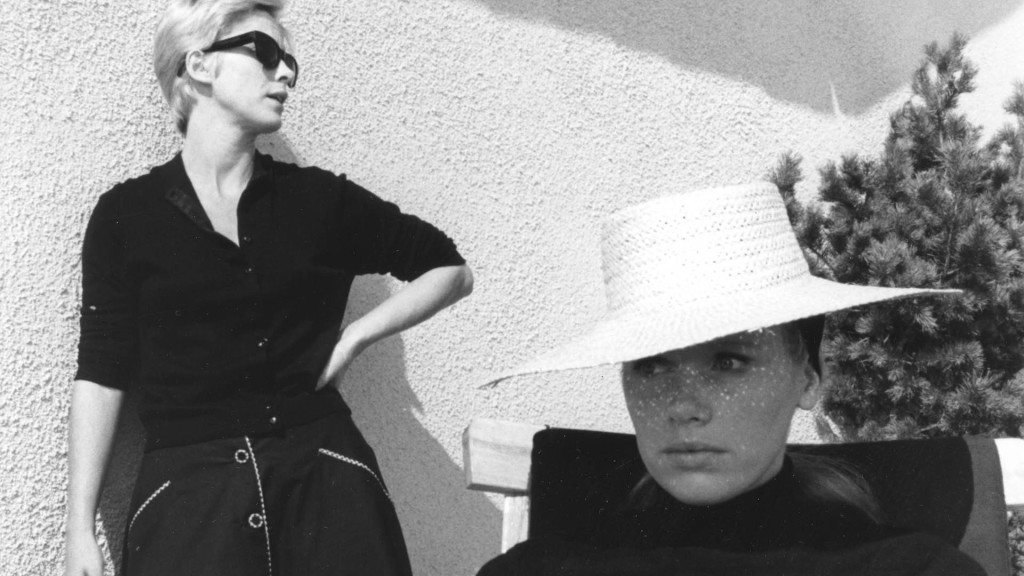
‘Persona’ is quite simply the greatest movie ever made on identity. It tells the story of a stage actress who has suddenly lost the ability to speak. A nurse is appointed to take care of her and they later move to a secluded cottage where they struggle to separate their own identities. There are several moments in the film that just cannot be described in words. It’s a film that should be felt and experienced and not analyzed. Bergman has always been a very emotional filmmaker and with ‘Persona’ he told us that some emotions are truly beyond definitions. Like many of Bergman’s movies, it is shot in black and white, to give it a dark, nightmarish look.
13. Satantango (1994)
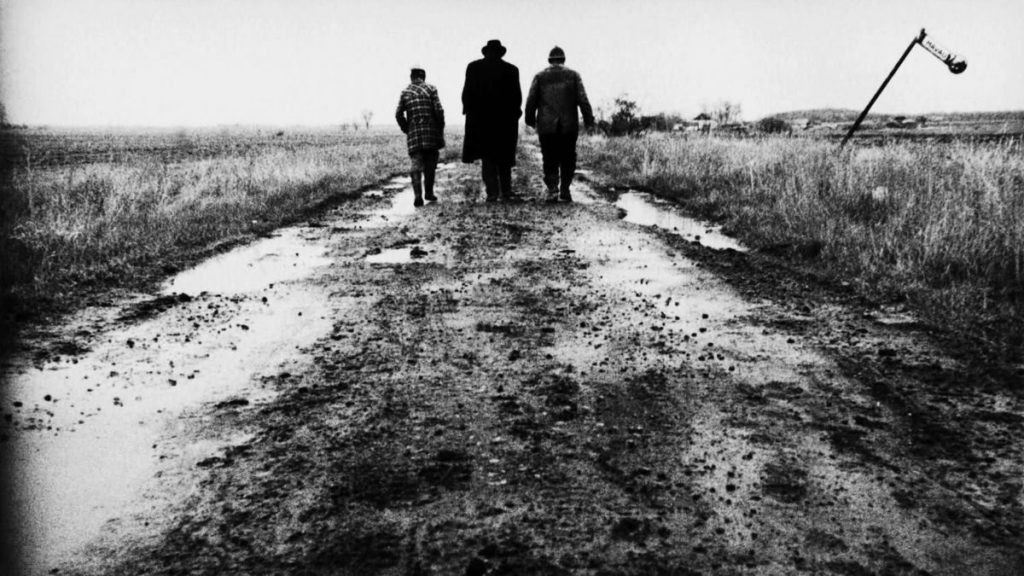
Hungarian auteur Bela Tarr is known for his bleak depictions of humanity. Most of his films move at a languid pace and are shot in black and white, to convey the horrors of human existence. ‘Satantango’ is the film wherein he fully realizes his vision as an auteur. The film focuses on the lives of some villagers who are affected by the fall of communism. Most of Tarr’s films are like allegories, and ‘Satantango’ is no different. It’s quintessential Tarr. With a run-time of over 7 hours, ‘Satantango’ is one of the longest films ever made.
12. Wild Strawberries (1957)
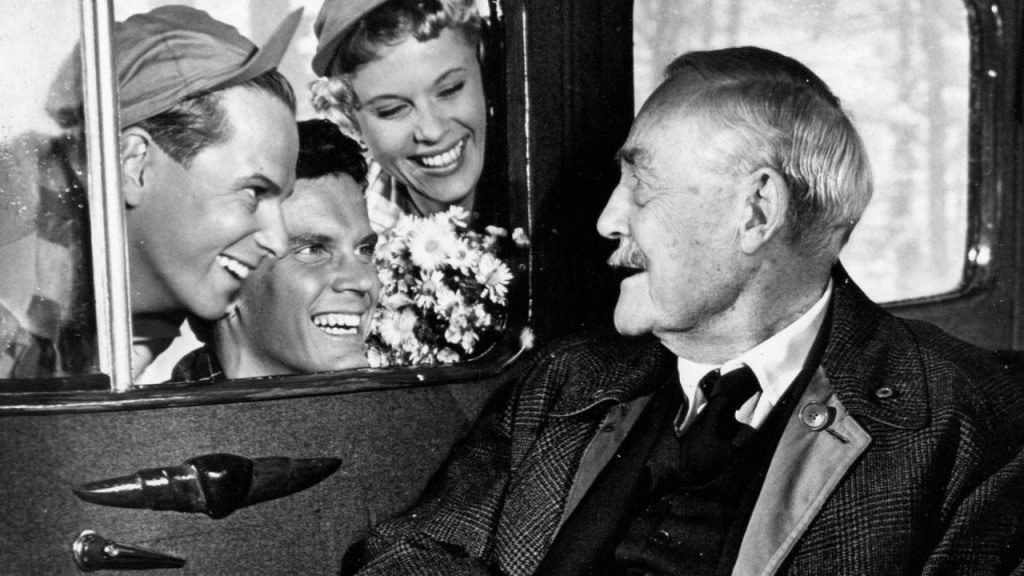
One of Ingmar Bergman‘s most revered works, ‘Wild Strawberries’ is a film that only gets better with time. It depicts the journey of a retired professor who travels to his university to accept an honorary degree. The journey would eventually shake his perceptions of life, happiness and confront the demons of his existence. Perhaps the reason why Bergman chose to shoot the film in black and white was to convey the bleakness of old age and the protagonist’s cold, alienated life. It has a nightmarish quality to it and yet you just can’t help but be moved by its raw humanity.
11. Paths of Glory (1957)
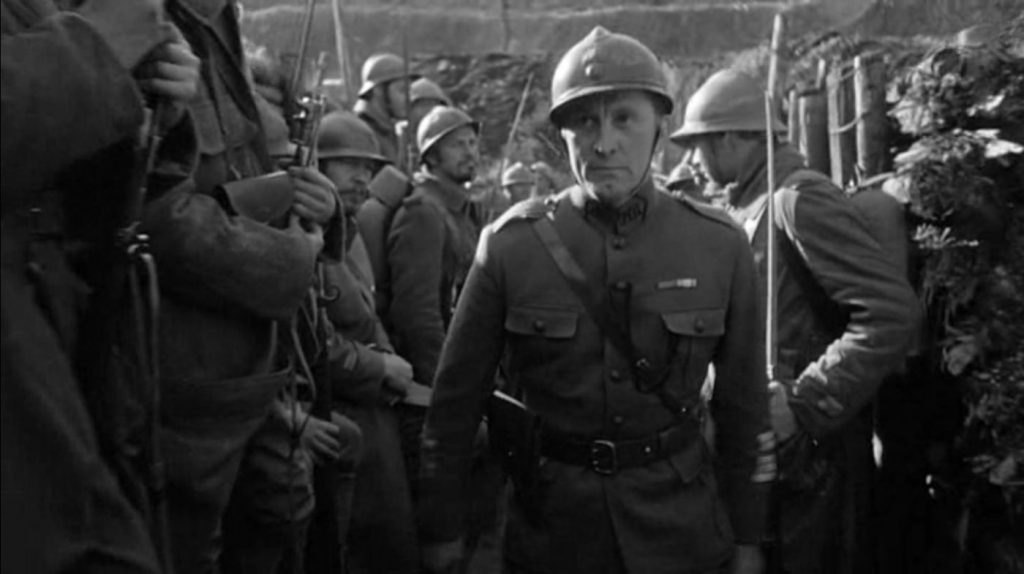
Stanley Kubrick‘s most emotionally powerful work tells the story of a commanding officer who tries to defend his soldiers who refused to participate in a deadly mission and were charged with cowardice. ‘Paths of Glory’ is perhaps the most un-Kubrickian of all Kubrick films in that it is heavily emotional and touching. The great Steven Spielberg once said that the final scene in ‘Paths of Glory’ defines who Stanley Kubrick was. It’s a scene where you just cannot control your emotion as a viewer. The choice of black and white here was to provide a bleak, realistic view on war. Though the film may not be put in the same bracket as some of Kubrick’s later works, it still is an incredible experience and might just be the greatest anti war movie ever made.
10. The Battle of Algiers (1966)
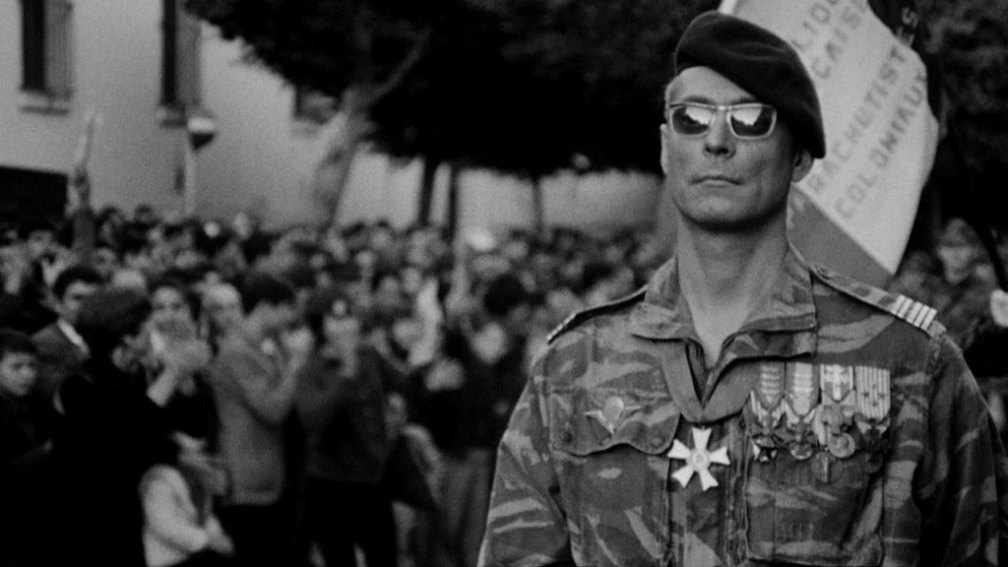
Acclaimed Indian director Mira Nair once said that ‘The Battle of Algiers’ was one of the most powerful films that she’d ever seen and that it remains a massive influence on her as a filmmaker. Directed by Gillo Pontecorvo, the movie chronicles the devastating events during the Algerian War, and tries to explore the truth of the conflict between the rebels and the French government in North Africa. It is filmed in black-and-white to give the movie a realistic, documentary-style look, which makes for a very unique experience.
9. Au Hasard Balthazar (1966)
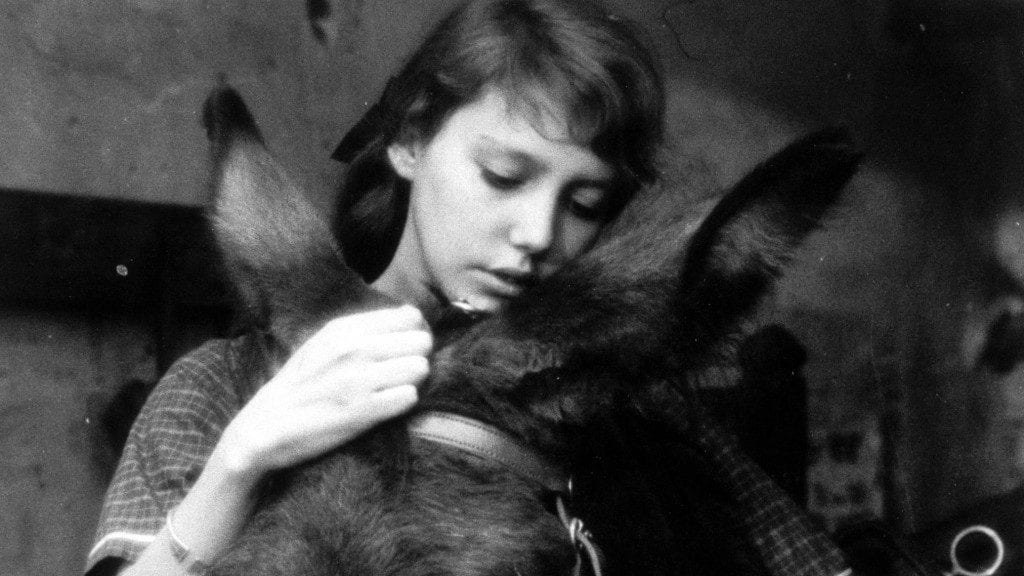
Robert Bresson was a true master of his craft. He is, without a shadow of a doubt, one of the greatest auteurs of all time. The work that defines his vision brilliantly is the 1966 classic ‘Au Hasard Balthazar’, which still remains one of the most polarizing films among cinephiles. The film depicts the life of a donkey who is treated horribly by his owners. With a simplistic story-line, Bresson manages to capture the true essence of the human nature and the world in general. It sure is a difficult watch, but I can guarantee that if you’ve got the patience to sit through, then this would end up being one of the most profound cinematic experiences of your life. The black-and-white cinematography gives the film that bleak tone that goes well with the storyline.
8. Manhattan (1979)
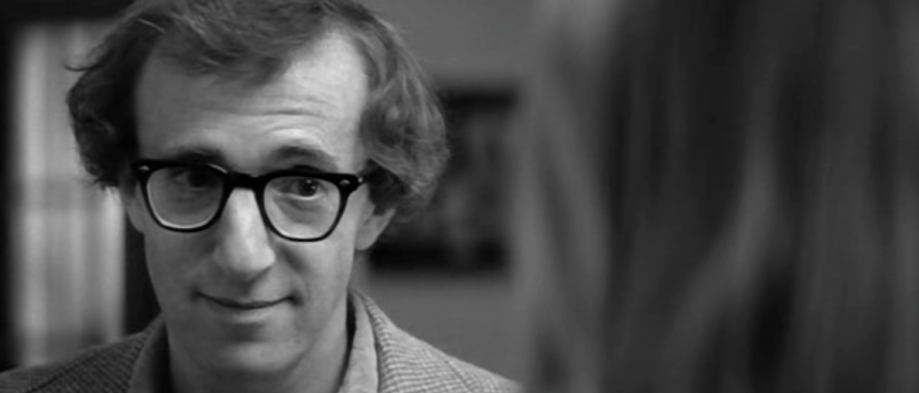
‘Manhattan’ was openly hated by its director, Woody Allen but it is a brilliant movie nonetheless. It was filmed in black and white to portray the mindset of Woody Allen’s character, trying to recapture his youth. He even mentions that he pictured Manhattan in black and white with Gershwin music in the opening monologue. The movie uses Manhattan as not just a setting but a character in the film, while also fleshing out the protagonist’s longing for freedom from his situation.
7. Who’s Afraid of Virginia Woolf? (1966)
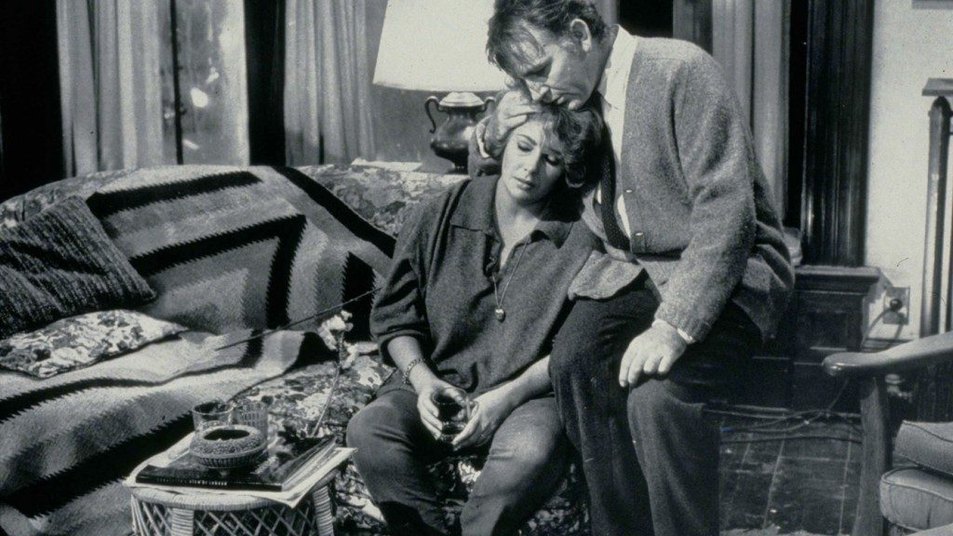
While a lot of movies in the 60s were shot in black and white to save money, this one was the most expensive black and white film ever produced. This was a deliberate decision made by the director to add weariness to the characters and to appear somewhat stylized and abstract. It is the story of a constantly fighting middle-aged couple. They invite a younger couple for drinks which causes a drunk conversation that shows their respective relationships in frank words and gritty acting. It is the first film which had all its credited actors nominated for the Oscars. That is the level of this movie’s performances and a testament to its quality.
6. To Kill a Mockingbird (1962)
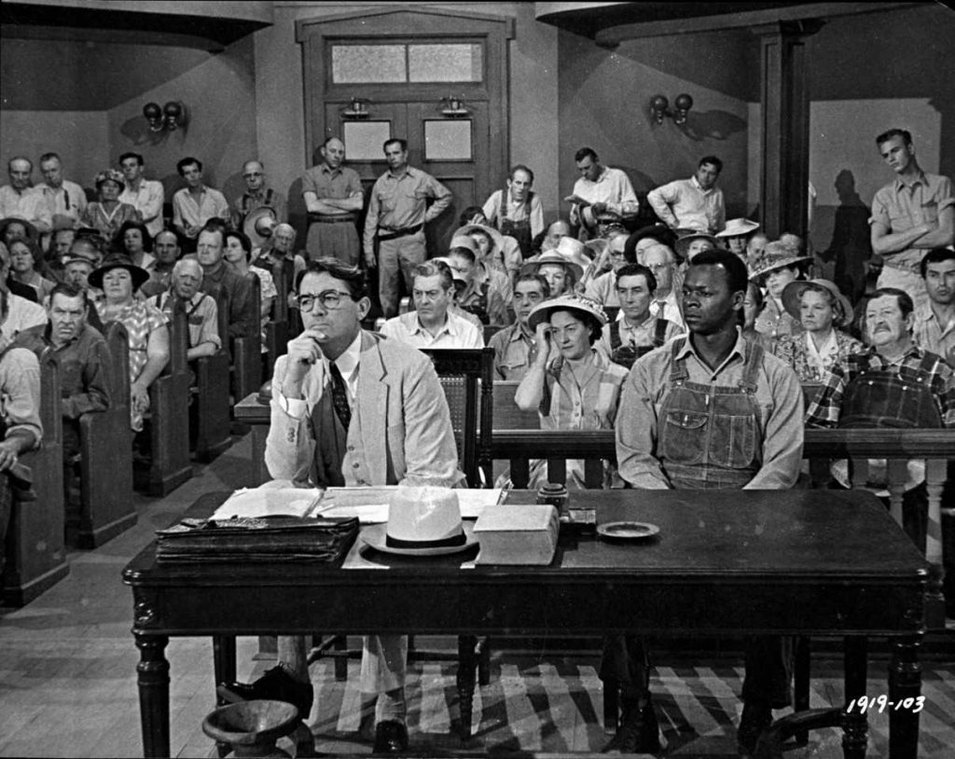
Based on a classic novel, ‘To Kill a Mockingbird’ is a movie revolving around Scout Finch and the landmark trial that takes place in her town. Her father Atticus defends a black man accused of molesting a young white girl. The movie brilliantly shows a father-daughter relationship in an era we know through books and movies alone. The description of the racial prejudice of the time is quite poetically shot in black and white. All the various themes come together in a movie that will remain timeless for centuries.
5. Judgement at Nuremberg (1961)
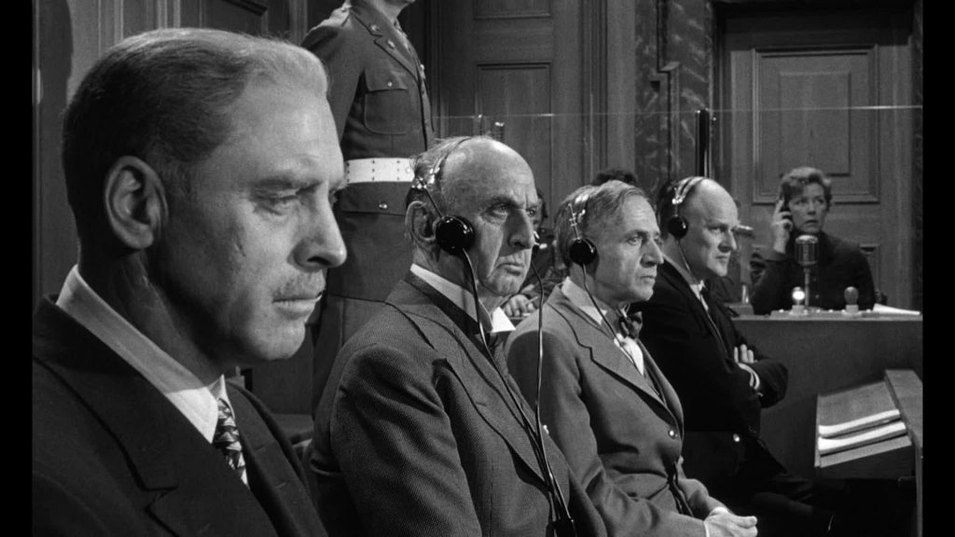
This is a hauntingly beautiful movie based on the Nuremberg trials against top Nazi officials. The movie, written by Abby Mann, focuses on four judges who are accused of using their position for Nazi sterilization and cleansing. The movie depicts not just the horrors of the Holocaust but the mindset of the people who caused it for the love of their country, as the defense pleads. The courtroom drama has a great cast which gives great performances that is amplified by the lack of distraction of color.
4. Raging Bull (1980)
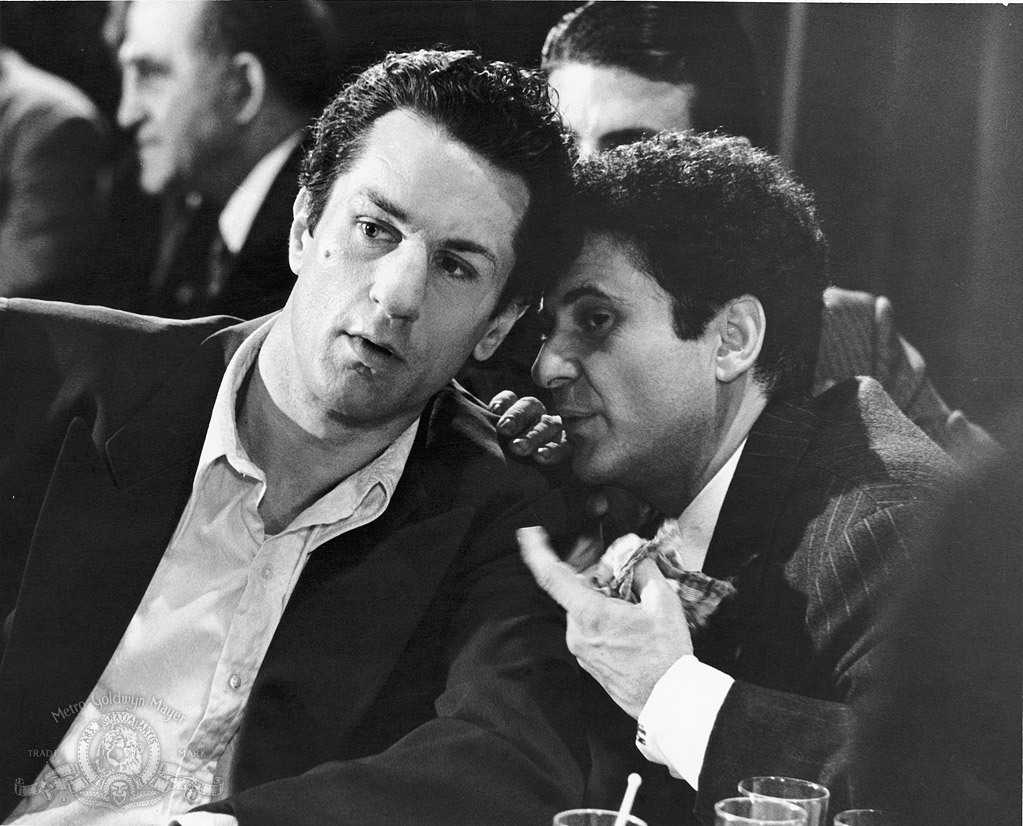
Martin Scorsese worked with Robert De Niro in 8 movies including some of the greatest movies in history like ‘Goodfellas’, ‘Taxi Driver’ and ‘Raging Bull’. When Martin Scorsese realized that the boxing gloves of that time period would have been black, he decided to make the movie in black and white. This would also help differentiate the movie from the endless barrage of color films. The black and white look helped bring out the characters and the brilliant performances by Joe Pesci and Robert De Niro who won an Oscar for his performance. The movie used some color 8mm shots that differentiated the memories from reality. The great film critic Roger Ebert also graced the film as one of the 10 greatest films and the American Film Institute chose it as the best sports film of all time.
Read More: Best Racing Movies of All Time
3. Psycho (1960)
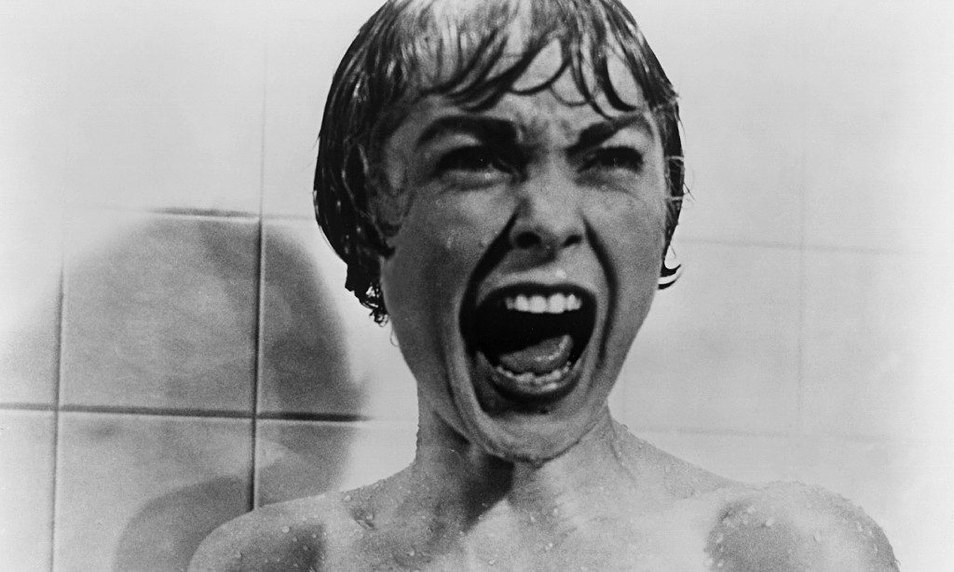
Widely hailed as his best work alongside ‘Vertigo’ and ‘North by Northwest’, ‘Psycho’ is Alfred Hitchcock’s masterpiece. It is the oldest movie on this list but it had to be there for its iconic role in shaping thriller movies for decades. He shot it in black and white because he thought some scenes would be too gory in color. He famously used chocolate syrup for the blood swirling down the drain but many people have sworn that they remember watching red blood. That is the magic Hitchcock casts through his mastery over every frame. The quick cuts during the intense moments and the most iconic use of sound effects in cinema make it a really scary movie even after half a century.
Read More: Best Parenting Movies of All Time
2. Dr. Strangelove or: How I Learned To Stop Worrying And Love The Bomb (1964)
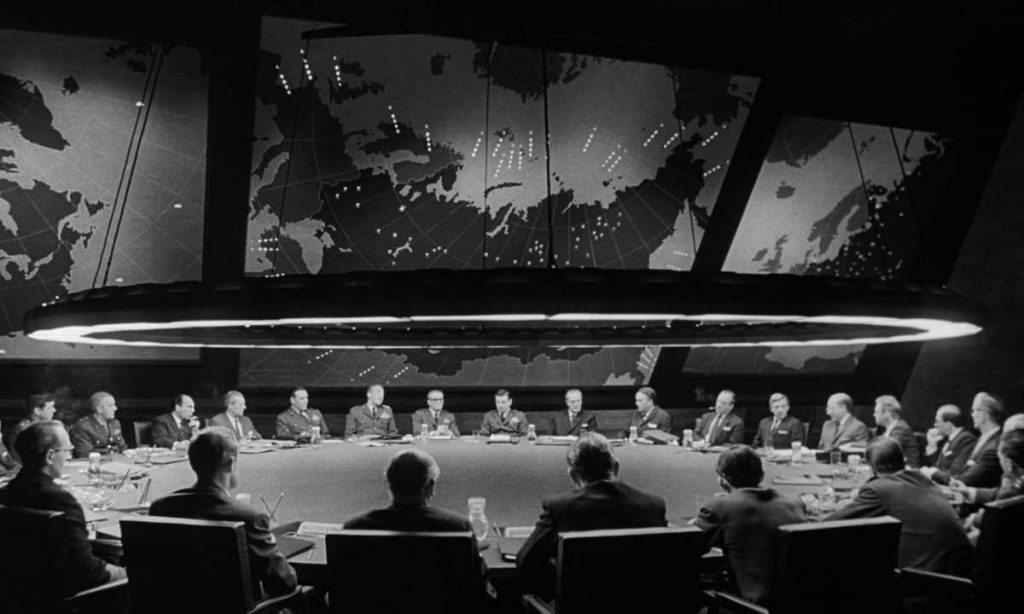
Some movies don’t need colors to soar and Stanley Kubrick is more than qualified to pull it off. At the time, a large majority of movies had started coming out in color but Kubrick did not need color to tell his story. The black and white treatment of the film brings the focus onto the story and the characters. This is a great movie usually overshadowed by the director’s impeccable filmography including ‘2001: A Space Odyssey’ and ‘The Shining’. ‘Dr. Strangelove’ is probably the best work of satire since Orwell’s 1984. It is a genuinely funny movie while speaking to the seriousness of the situation set in the absurd plot with ludicrous characters.
Read More: Best Vampire Movies of All Time
1. Schindler’s List (1993)
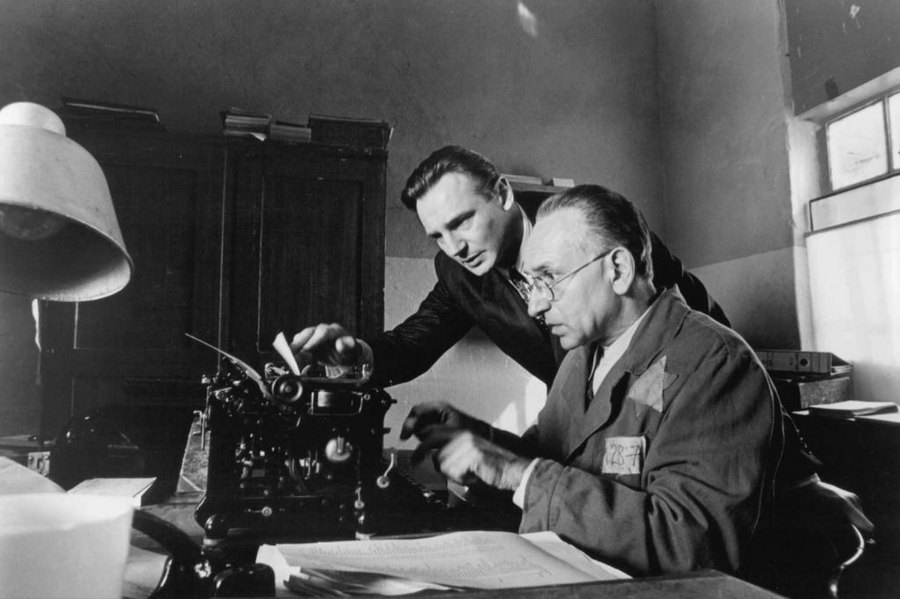
If there was one director that changed cinema the most, it would be Steven Spielberg. In 1993, he gave us a movie that touches the heart like no other. Many movies had been made about the Holocaust and many have been made since but nothing comes close to this masterpiece. While movies like ‘The Pianist’ told Holocaust stories in color, subdued as they may be, ‘Schindler’s List’ is a work of art that could not have worked as well in color. The spectrum of grey shows the disparity between the oppressors and the victims while unifying the characters visually. The characters show their true motivation in a world devoid of color. And when a primary red color sneaks into the frame, it draws your eyes directly towards the innocence in a world of violence and crushes you when the color goes away.

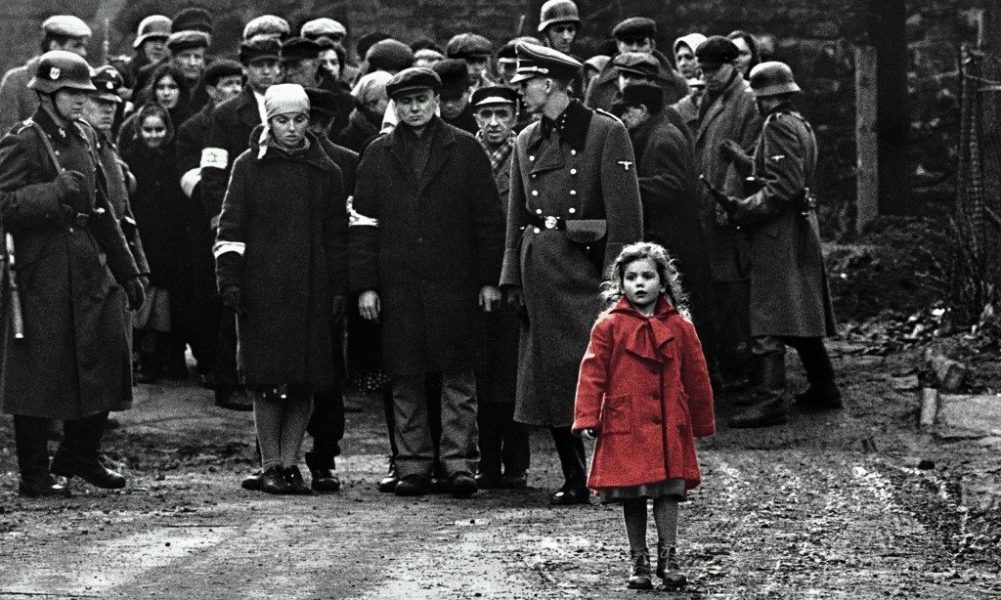
You must be logged in to post a comment.